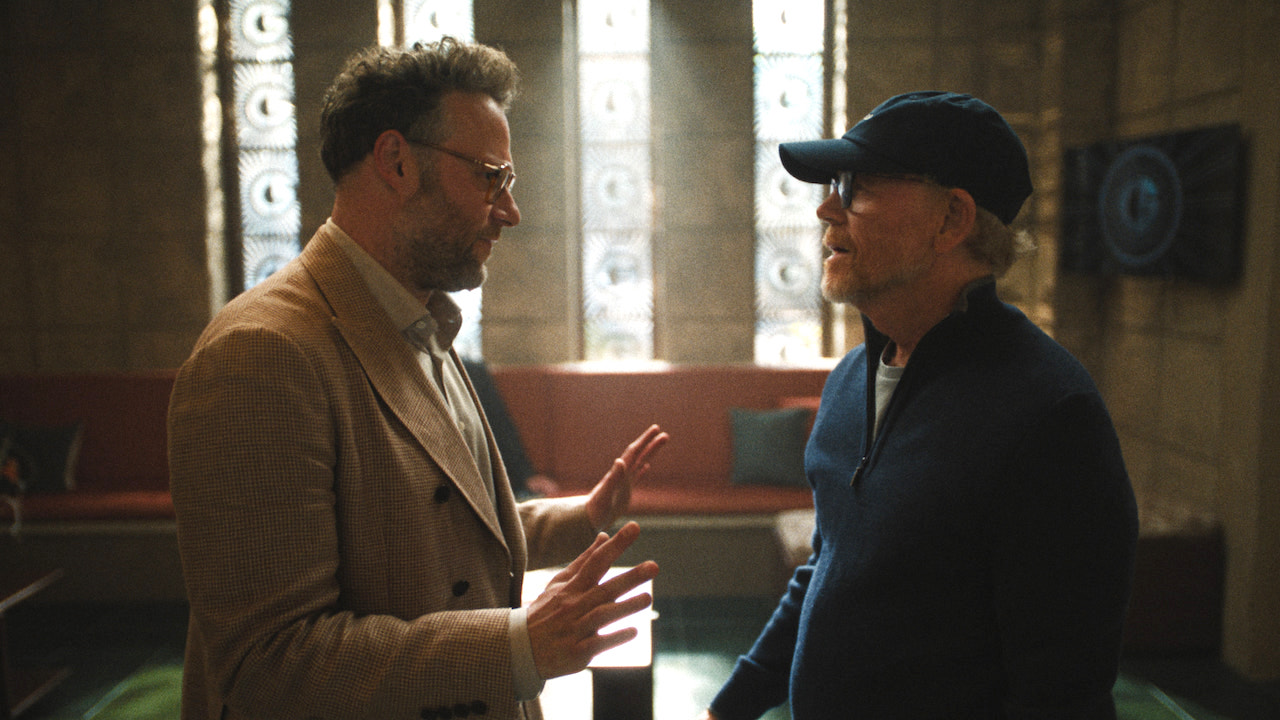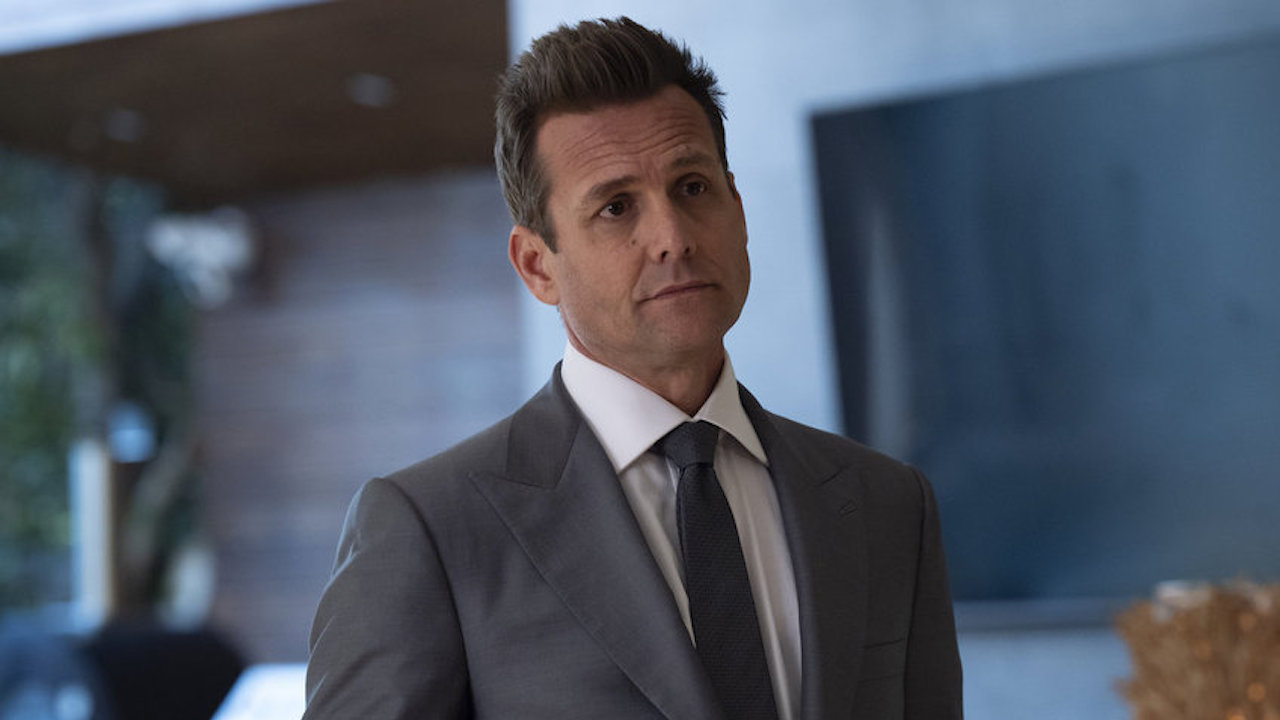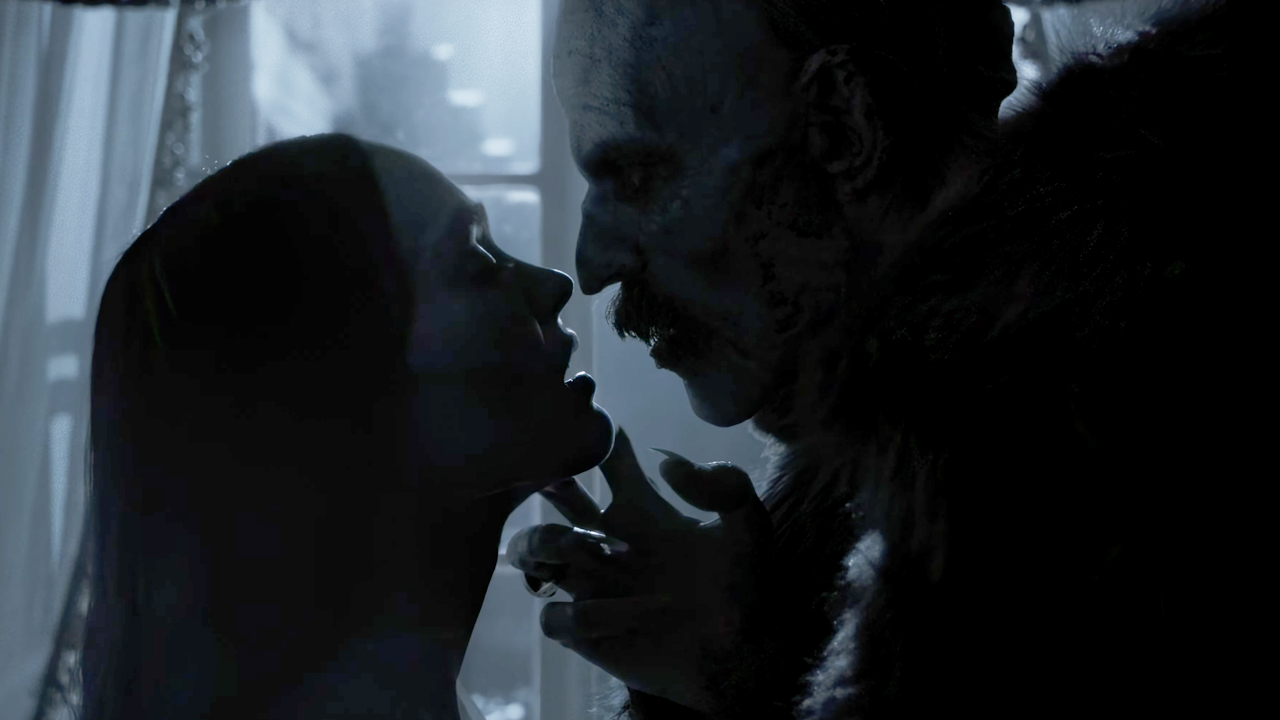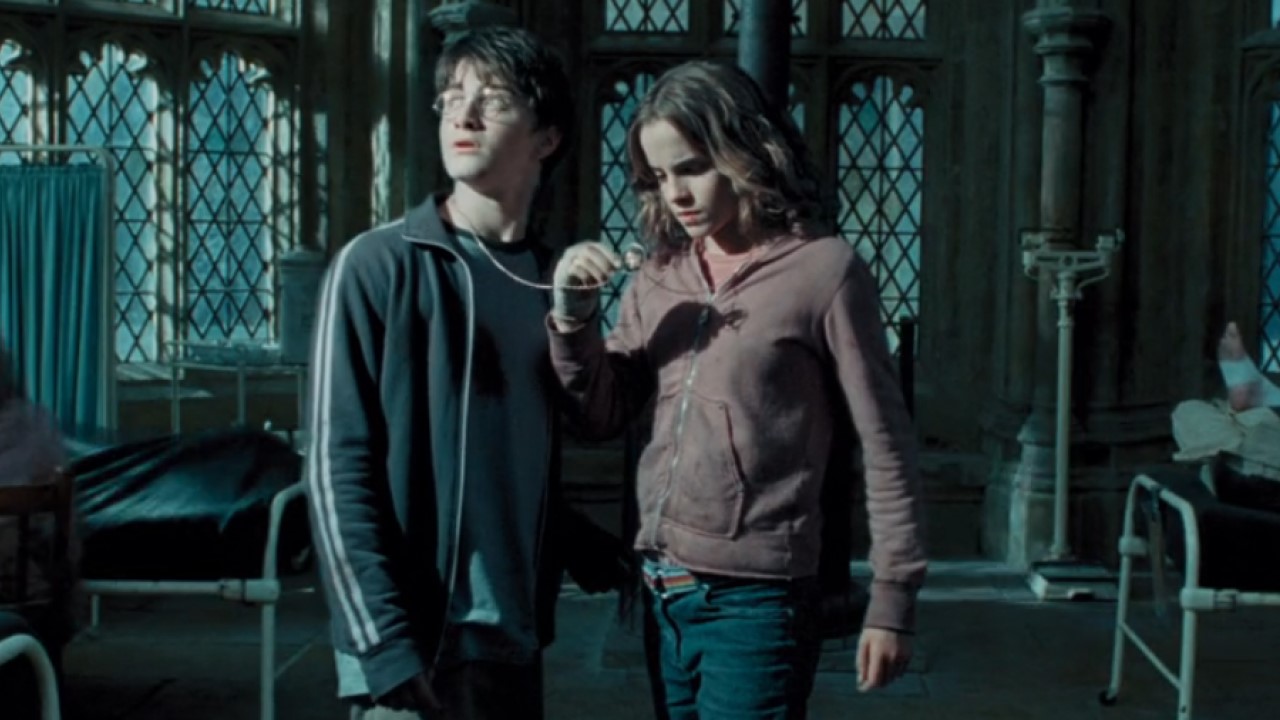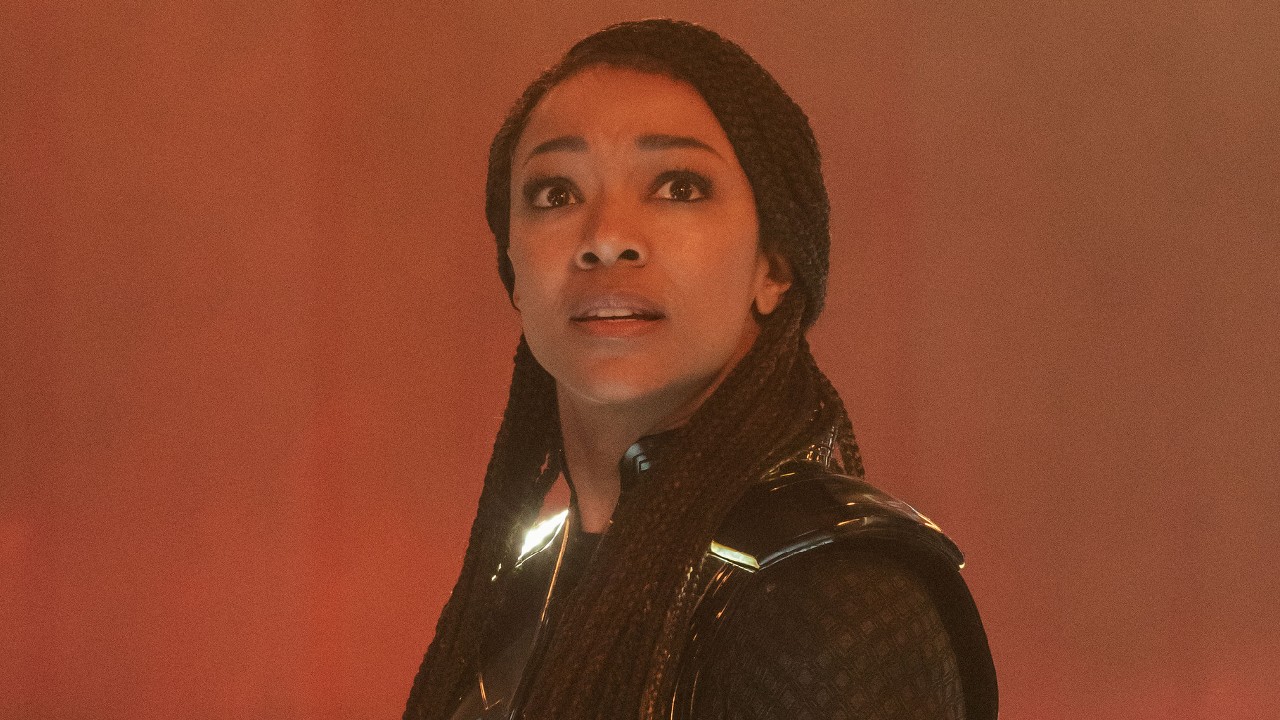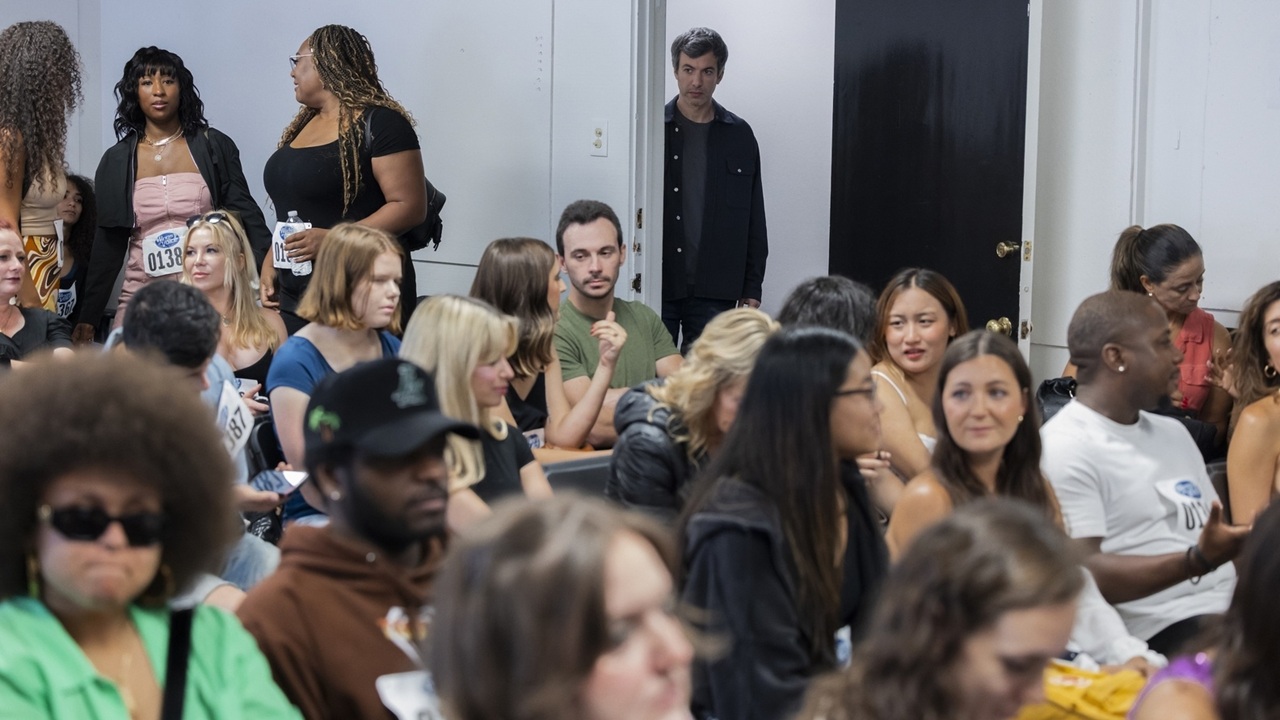Netflix's Ted Sarandos Explains How Your Viewing Habits Impact Netflix Programming And Marketing
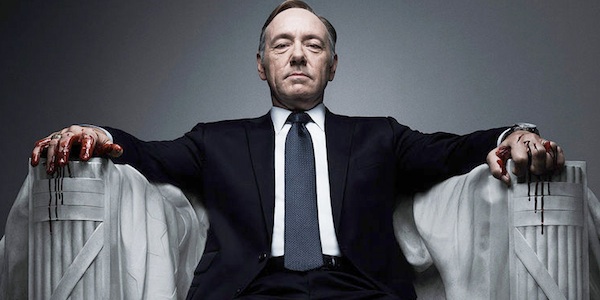
Netflix has managed to make itself a game-changer for television, not only in the way they offer full seasons and in some cases, full series, on demand for their subscribers, but also in their delve into original programming. They're making their own rules for how TV shows can be watched and enjoyed, and they're using interesting methods to collect data to determine what's popular and in demand. They don't develop pilots for consideration, they order whole seasons at a time, then debut them all at once. And they aren't bound to the traditional rules when it comes to episode length and quantity. They also won't divulge their ratings information, which some people don't appreciate, but it's all part of how Netflix has been doing things since they got into the original programming game, and - from a viewers' standpoint anyway - it seems to be working. I doubt any of us will complain when Arrested Development Season 4 arrives in its entirety on Sunday, rather than just one episode.
Earlier this month, Netflix Chief Content Officer Ted Sarandos had some interesting things to say about Netflix's original programming and whether or not certain shows stood a chance at being revived by Netflix as the subscription-based service has revived Arrested Development. Sarandos explained that AD was something of a rarity in that "the audience of the show grew larger than the original broadcast audience because people came to discover it years after it was cancelled." He went on to comment on how that differentiates from the growth of the Firefly fan base. Sure, many of us got on board with Firefly after the show was cancelled, but is that fan base still growing? Netflix would know better than anyone. They've carried the show for years and can therefore track viewing habits as related to the show.
During that interview, Sarandos didn't get into just how Netflix is tallying the data, but he did break it down a bit further in a fascinating interview with THR, speaking of the algorithm (or algorithms) used to study their subscribers' viewing habits. After speaking about the way women appreciated House of Cards because of Robin Wright, and younger viewers watched the political drama because of Kate Mara, Sarandos explained, "You see it in what else they watch — the algorithmic similarities to what else they’re watching and why they’re watching. And then we can very directly focus-group with them and survey them about what their attractions are. So we found that there’s overlap with Gossip Girl and House of Cards."
The diversity of Netflix' content and the on demand means of distributing that content may be putting the service at an advantage over the networks when it comes to studying their subscribers viewing behavior. And it sounds like Netflix is using that data when making decisions on what programming to pursue and what might not be worth the time and money. As Sarandos explains it, it's not all about how you rate a show, but also how much you watch.
Sometimes it’s explicit ratings: I watch this, then I rated it five stars because I loved it. Then there are implicit ratings: Even if somebody who watches 13 hours of a show in 24 hours doesn’t rate it, we’ve got a pretty good sense of how they felt. Or if they watch 20 minutes of the first episode and never came back, they don’t have to rate it zero for us to know they’re not interested. But it’s the overlaps that really matter. With House of Cards, it was identifying not just somebody who saw The Social Network or liked David Fincher but trying to figure out what everybody who liked Benjamin Button, Seven, Fight Club and Social Network have in common. It’s that they love David Fincher’s style of storytelling. They may not even be able to identify him by name, but we know from their behavior that that’s who they are.You look at Kevin Spacey fans, and then you say, “How about people who love political thrillers?” We went back and pulled all the political thrillers people have watched and rated highly. So you’ve got all these populations, and right where they overlap in the middle is the low-hanging fruit. If we can get the show in front of these people, they will watch it and love it.
Developing the programming is only part of it. There's also marketing it and figuring out how to sell the show to different kinds of audiences. For House of Cards, Sarandos said Fincher cut seven different trailers, which focused on various aspects of the show, whether it was female characters, the politics, or just plain Kevin Spacey. The trailer you saw was based on what you were watching or what you'd watched recently.
Think about that when you consider how the networks have to do it. For example, NBC might show you a trailer for Chicago Fire while you're watching Revolution or the news that follows Revolution, in the hopes that the majority of people seeing it like shows with action/thriller elements. That would probably be a good way to target the audience they want, but it's really casting a net over a big audience and hoping most of the people they reel in will actually watch the other show. Netflix can cast seven nets over multiple audiences, which they've sorted and filtered, and it seems likely that they'll have a better chance of grabbing the right people at the right times and maybe even have better success in attracting the kinds of people who will watch that show. At least, that's how it would work in theory. How cost effective it is, only Netflix knows.
I find this fascinating, especially considering how frustrating it is to look at the ratings and know that a network will make a decision on the future of their programming based largely on who's watching at one specific time during the week. Netflix isn't bound to that model, and from what Sarandos says, it sounds like the service is figuring out better ways to determine what their subscribers want based on the resources they have. It's not just who's watching this one show. It's who's watching this show, that watched certain other shows and movies, starring certain people, about certain subjects and/or made by a specific writer or director. What are the common factors in all of this and how does that help them figure out what works and what doesn't so that they can bring subscribers the content they want?
CINEMABLEND NEWSLETTER
Your Daily Blend of Entertainment News
Other highlights of the interview include word that they haven't made a decision on whether or not they'll renew Hemlock Grove for a second season, but they're hearing pitches for Season 2 "with plot lines and story lines" now.
As for whether we'll see more Arrested Development after Season 4…
We would love to do more, and we have a deal in place that says that there could be. The problem is logistics. They were all working full-time and doing this show in between, and they did it for the love of the show and for Mitch Hurwitz. If we can muster up that love again, we’d love to do it again. And we have talked openly about a movie scenario, too.
Sarandos and Netflix's Cindy Holland also had some interesting things to say about how they determine what series to renew and cancel and why they probably won't be getting into the pilot development business anytime soon. Read the full interview here.
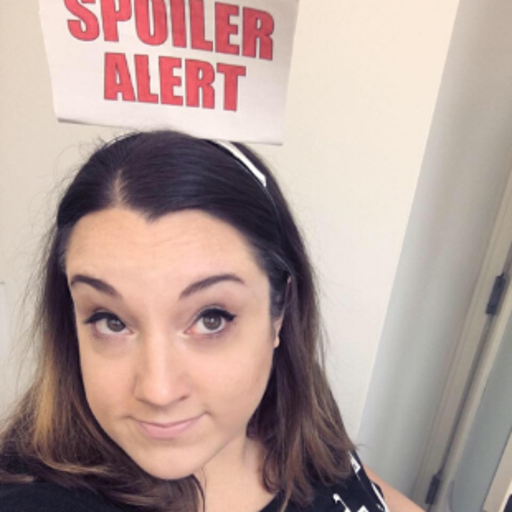
Kelly put her life-long love of movies, TV and books to greater use when she joined CinemaBlend as a freelance TV news writer in 2006, and went on to serve as the site’s TV Editor before joining the staff full-time in 2011 and moving over to other roles at the site. At present, she’s an Assistant Managing Editor who spends much of her time brainstorming and editing features, analyzing site data, working with writers and editors on content planning and the workflow, and (of course) continuing to obsess over the best movies and TV shows (those that already exist, and the many on the way). She graduated from SUNY Cortland with BA in Communication Studies and a minor in Cinema Studies. When she isn't working, she's probably thinking about work, or reading (or listening to a book), and making sure her cats are living their absolute best feline lives.
